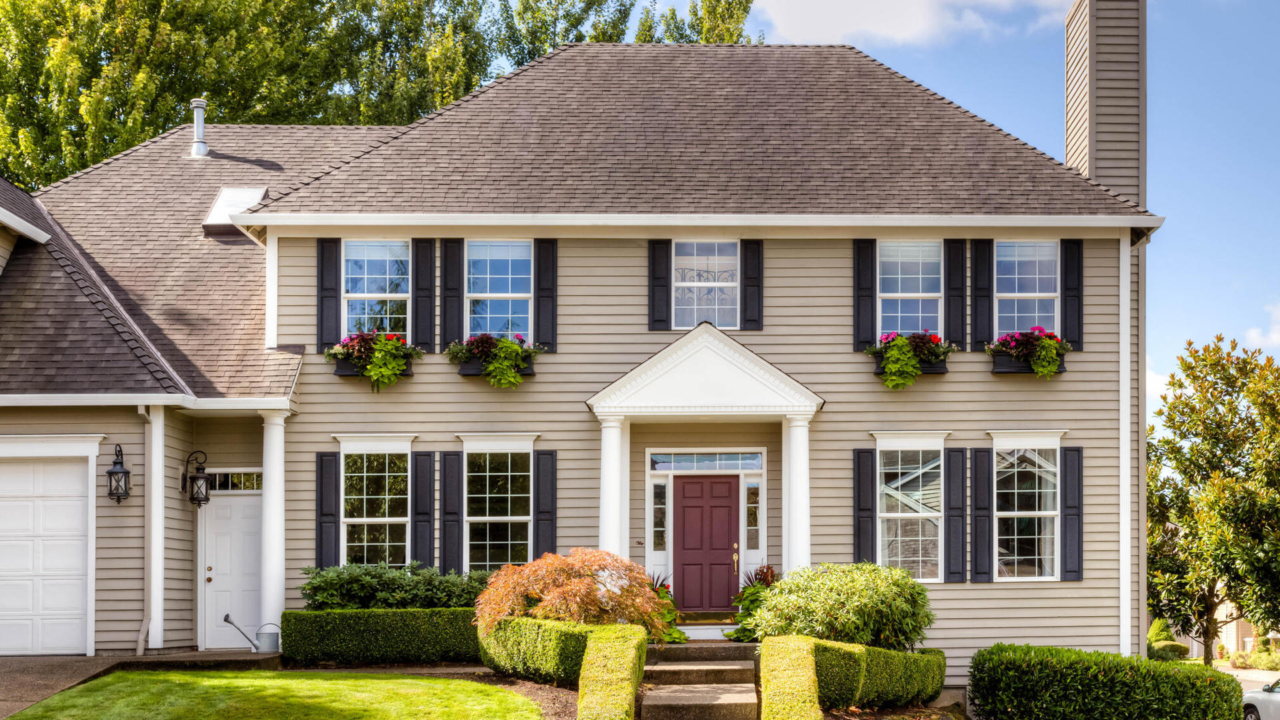5 Helpful Tips for Talking With Clients About the Zestimate
Understanding the Zestimate helps you overcome client objections and set yourself apart.

Written by Zillow on January 21, 2015
Consumers have deep, almost ever-present access to information today, which is a great thing for real estate agents. Your clients have even more need for trusted local experts who can save them precious time wading through depths of home data, statistics, and research. Agents who can help navigate and interpret the volatile sea of information are becoming increasingly valuable.
The Zestimate® home value is a perfect opportunity for real estate agents to prove their worth. There’s a ton of data behind the Zestimate, but some of your clients don’t bother to pay attention to every detail. Just because they don’t always read the fine print doesn’t give you an excuse to do the same, so read on. These five tips will help set you apart and overcome the prickliest Zestimate objections.
1. Keep your clients close but your Zestimates closer
The more you know about the Zestimate, the easier it is to dissect and explain to your clients. Get familiar with what the Zestimate is and how it’s calculated.
Zillow creates the Zestimate home value through a series of computer processes, or an algorithm. The algorithm determines the value using key pieces of public and user-submitted information such as sale prices for nearby and comparable homes, tax assessments, and home attributes.
Bonus tip: Teach homeowners how to claim their home and verify their home facts on Zillow. Sometimes significant updates to a property’s attributes can change its Zestimate.
2. Understand the Zestimate’s drawbacks
Once your clients know the Zestimate is a product of an algorithm, it’s easy to explain why that alone can’t determine a home’s true market value. That’s where your heels on the ground come into play. You can physically walk through the home and see the brand-new appliances, heated hardwood floors, and luxury wool carpet in the refinished basement. You can also perform a comparative market analysis (CMA) and hire the best home inspector and appraiser in town. The Zestimate algorithm can’t do that.
While the Zestimate is often a good starting point or general idea of what a home is worth, it should never be the sole tool used when pricing a home. Leave the details to a local market expert (you).
3. Look up the Zestimate’s accuracy rating
The Zillow research team makes the hard stats about Zestimate accuracy easy to digest. The data accuracy table assigns ratings to geographic areas on a scale of zero to four stars, depending on how close Zestimates are to actual sale prices. The table allows you to drill down to state, county, and city level.
Some areas such as Washington, D.C., have four-star accuracy because of the abundance of public home data that is available. Other areas have only one star because of a lack of this information. For example, Texas is a non-disclosure state, which contributes to San Antonio’s one-star accuracy rating.
4. Research the Zestimate’s median error rate
One of the best ways to know how accurate Zestimates are in a given city or county is by using the median error rate, which is also available on the data accuracy table. Get familiar with what the rate is for your local area. Seattle has a Zestimate median error rate of 7 percent. Don’t know what that means? This exercise gives a little context:
- Imagine that all the homes in Seattle are in one room.
- Place all the homes with accurate Zestimates on one side of the room, and all homes with inaccurate Zestimates on the other side of the room.
- Arrange the homes in an ordered line, from most accurate Zestimates to least accurate.
- Grab the home in the very middle of the line, the median home.
- A median error rate of 7 percent means that the middle home’s Zestimate would be off from the actual sale price by only 7 percent. It could be 7 percent too high or 7 percent too low.
Bonus tip: The Zestimate range, listed below the Zestimate section on a home details page, shows the high and low estimated values of a home. The more home information available in an area, the narrower the range, and the more accurate the Zestimate.
5. Be proactive
When a buyer sends you a new home they want to tour, or a potential seller contacts you about a listing presentation, one of the first things you should do is research the home’s Zestimate. Beat them to it. Show off your data expertise with some quotes on the Zestimate’s median error rate and accuracy levels in their neighborhood. You can bet they’ll be impressed.
If you want to dive deeper into Zestimates, check out the Zestimate page on Zillow, or watch this 15-minute video featuring a Zillow senior economist talking about how the Zestimate is made.
Tags
Tips for top-performing listings
Backed by new research, this guide reveals what today’s top listings do differently to capture buyer attention and outperform the rest.
Learn more

